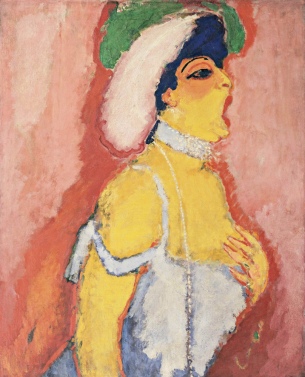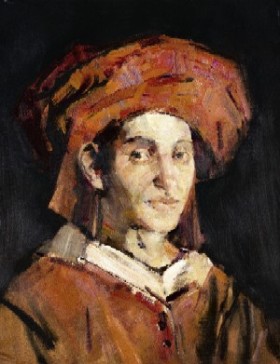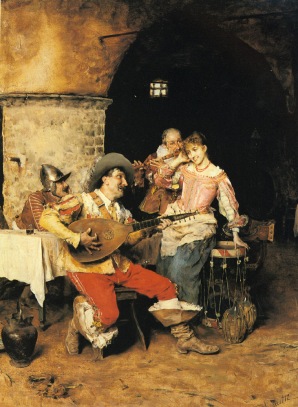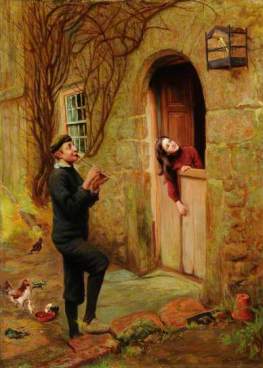Broadly.
Monthly Archives: October 2014
codetta [It., little tail]
(1) In *sonata form, a brief coda concluding the exposition. (2) In an exposition of a *fugue, a modulatory passage connecting the end of a statement of the subject in the dominant with the beginning of the next statement in the tonic. (3) A brief coda concluding an inner section of a movement or piece as opposed to a coda at the end of the movement or piece as a whole.
coloratura [It.]
(1) Elaborate ornamentation or embellishment, including running passages and trills, whether written or improvised, and common in 18th- and 19th-century singing, e.g., that occurring in the arias for the Queen of Night in Mozart’s Die Zauberflöte. (2) A soprano with a high range who sings in the style of (1). (3) *Coloration (2).
paired imitation
*Imitation in which the voices enter in pairs, the members of each pair entering in close succession as compared with the interval of time separating successive pairs. It is especially characteristic of the music of Josquin Desprez (ca. 1440-1521). Most often, a single subject appears in all voices; sometimes, however, imitation does not take place within individual pairs, only between them.
romanze [Ger.]
(1) Ballad. The term was often used interchangeably with *Ballade. Examples from the 18th century were similar in character to the French *romance and include two collections by Johann Adam Hiller (1762 and 1767). The Romanze was often folklike and was frequently found in *Singspiel (e.g., Mozart’s Die Entführung aus dem Serail) and opera (e.g., Weber’s Der Freischütz). (2) In the 18th and 19th centuries, an instrumental work of lyrical character in a slow tempo, often in ABA, rondo, or variation form and sometimes part of a symphony or other multimovement work (e.g., Haydn’s La *reine, Mozart’s Piano Concerto in D minor, K. 466). In the 19th century, the term was often taken as a title for *character pieces in a variety of forms (e.g., Schumann’s Drei Romanzen op. 28 and Albumblätter no. 11).
instrumentation
(1) The properties and capabilities of individual instruments; also *orchestration. (2) The particular combination of instruments employed in any piece.
serenade
whistle
pentatonic
A scale consisting of five pitches or pitch classes; music based on such a scale. Scales of this type, of which there are many, are widely distributed geographically and historically, e.g., in *American Indian music, European and Anglo-American folk music, the music of Finno-Ugric and Altaic peoples in Eastern Europe and Asia, and in musical cultures of the *Far East and *Southeast Asia. Western writers have sometimes given prominence to two types that can be (but, in other cultures, have not necessarily been) derived from the Western diatonic scale: (i) a scale of the form C D E G A or some reordering (or mode, depending on which pitch is taken as central) of this relationship (embodied, e.g., in the black keys of the piano), which, because it lacks semitones, is sometimes termed anhemitonic and which, because it seems to omit members of the seven-tone (heptatonic) diatonic scale, is sometimes inappropriately termed a gapped scale; (ii) scales that do include semitones in the forms C E F G B or C E F A B. Pentatonic scales, especially of this first type, have sometimes been used in 19th- and 20th-century Western music.
episode
A subsidiary passage occurring between passages of primary thematic importance; in a *fugue, a passage, often modulatory, occurring after the exposition of the subject or between subsequent principal statements of the subject [see also Codetta]; in a *rondo, a passage occurring between statements of the principal recurring theme.



